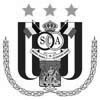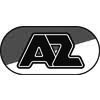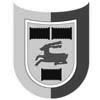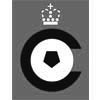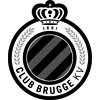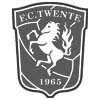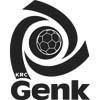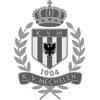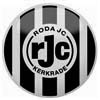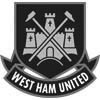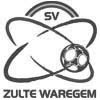We specialize in making the right connections between dental and occlusal (SumDental) problems and their specific negative neurological impact on the musculoskeletal system involving possible injury risk.
SOME FACTS FIRST
1
DENTAL PROBLEMS ARE A BETTER PREDICTOR FOR MUSCLE OR TENDON RE-INJURY
The number of dental/TMJ problems is a better predictor for muscle or tendon re-injury in male elite soccer players than age, psychophysical stress, unhealthy eating habits and problems with trainer or team mates.
2
MORE DENTAL PROBLEMS INVOLVE A HIGHER RISK & MORE TYPES OF RE-INJURY
The more types of dental/TMJ problems and the more re-injury anxiety, the higher the risk of muscle, tendon or ligament (re)injury.
The more types of dental/TMJ problems and the more psychophysical stress, the more types of re-injury.
3
DENTAL PROBLEMS ARE A BETTER PREDICTOR FOR TYPES OF RE-INJURY
The number of dental/TMJ problems is a better predictor for the total number of types of re-injury than age, re-injury anxiety, unhealthy eating habits and problems with trainer and staff or team.
4
OUR INDICATOR IS THE MOST USEFUL AND USER-FRIENDLY INSTRUMENT
The Sports Injury Risk Indicator© is the most useful and user-friendly instrument for scientists and club clinicians to monitor health condition and predict (re)injury.
HOW MUCH DO INJURIES ACTUALLY COST?
The University of Leuven (KUL Belgium) estimated that an average soccer player in the Belgian competition costs his club between 10,000 and 15,000 euro for every inactive week during an injury.
We have made a simple calculation of the expenses of Dutch international soccer player Arjen Robben based on his last 18 injuries as reported in the Dutch newspaper ‘De Volkskrant’. We estimated an average recovery time of 3 to 4 weeks per reported injury and a weekly salary of 25,000.00 euro. The investment loss for those 61.2 weeks of inactivity accumulated to a total of 1,530,000.00 euro.
According to a statement from Manchester United in the BBC programme MOTD, their most expensive player Wayne Rooney earns up to 60,000.00 pounds a week after having signed a new contract. With the same injuries as Arjen Robben, Rooney would have cost his club 3,678,000.00 pounds without having played even one minute.
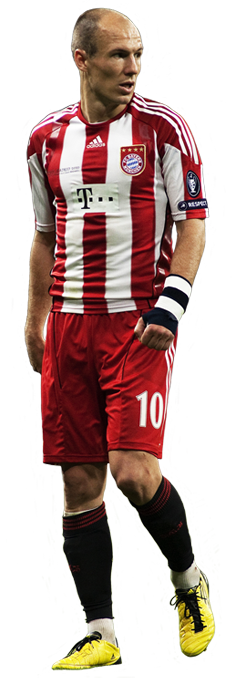
SPORTS INJURY DIAGNOSTIC SCREENING
Our screening helps to determine whether dental problems are causing (re)injuries or are increasing the risk of injury. We monitor the occlusopostural patterns in relation to the dental (SumDental) status as well as players’ individual injury susceptibility. Our SumDental screening can be applied not only as a diagnostic process but also as a preventive measure. For any additional information, details on pricing or any other questions please contact us. The steps for our screening are listed below.
STEP 1: QUESTIONNAIRE
You or your team will fill out our unique questionnaire, the Sports Injury Risk Indicator (SIRI), which contains interactive questions e.g. on previous and current injuries, age, playing position, dental/occlusal (SumDental) problems, current physical health, (re)injury anxiety, team coherence, satisfaction with trainer and staff, psychophysical stress and eating habits.
STEP 2: X-RAY PHOTOS
An OPT (panoramic x-ray photo of the dental status) of all players is taken at the club location. This will provide all initial and important information we need to determine SumDental and other interrelated problems that may affect the musculoskeletal system.
STEP 3: RESULTS
The medical staff will receive a detailed report with findings regarding each player. This report may also be sent to the players directly. The report provides information about risk factors from several aspects including dental and occlusal findings relevant to injury risk. Players who score above-average during the first screening (red zone) may require further examination and constitute the ‘Risk Selection’.
STEP 4: ADVICE
The clinical test of the Risk Selection includes more dental and occlusopostural records in relation to posture and movement patterns. Detailed individual reports and personal advice will be given for each player. In cooperation with the medical staff of the club, possible interventions may be performed, with the assistance from the SportsInjuryLab experts, if required.
If this procedure is repeated every year, the players can be followed up and checked for aspects increasing likelihood of (re)injury. Since the selection of players is continuously changing, so are the risks of (re)injury.

